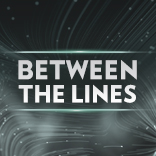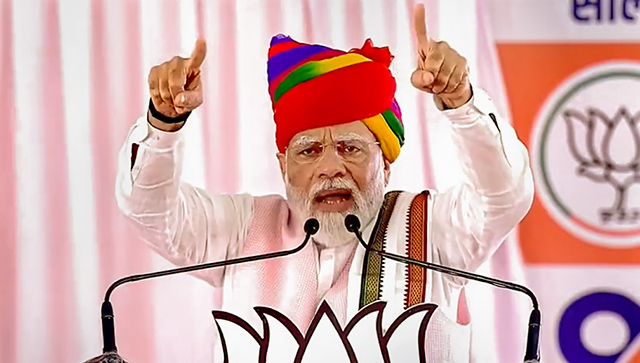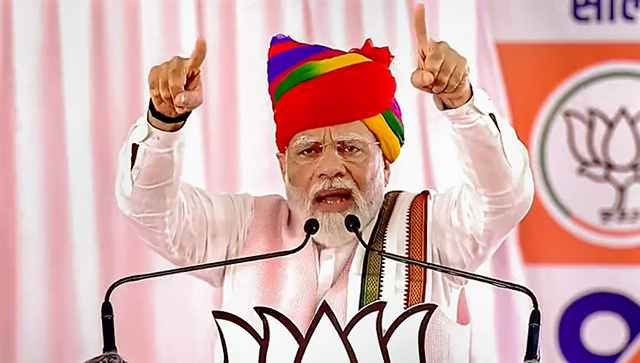The government approved Nakshe mapping portal was launched by the Survey General of India (SGI) to make “open series maps” available to Indians for free. The maps are meant for development activities in the country, and can be used to plan scientific expeditions, research and planning development projects. The country and states are divided into blocks, and each block has a sheet number. The maps corresponding to these sheet numbers are available on the portal for free.
Even government employees themselves had to pay for the maps. The SGI collects several kinds of maps, including tourist maps, educational maps, guide maps, antique maps and route and trekking maps. The Nakshe portal only offers the open series maps prepared by the SGI. There are 3,000 open series maps available on the portal, and can be downloaded as password protected PDF files. The SGI owns the intellectual property of the maps, and they cannot be altered, or used for commercial purposes.
The SGI has prepared a total of 5,000 open series maps. Out of these, 3,000 are available for download, and an additional 1,700 have been cleared, and is being made available on the portal. The remaining maps are awaiting approval for public dissemination. The maps are being made available to mark two hundred and fifty years of the Survey General of India, the oldest scientific body in the nation.
Around 1,429 users have downloaded 3,608 maps already. The maps are 1:50k scale, which means each feature in the map is 50,000 times smaller than the same feature in real life. The scale is big enough for individual pathways to be marked.
To access the portal, users will first have to feed in their Aadhaar number and a captcha. After that, users will get an OTP delivered to the phone number provided with the Aadhaar details. Users then have to feed in this OTP, along with a second captcha to gain access to the database. The OTP is valid for a period of 10 minutes. Users can narrow down the maps they want to download by selecting the state and district. Users can also search by using the sheet numbers, but these are not provided in the portal itself. An index of sheet numbers at the Survey of India web site .
Using Aadhaar for providing free maps is another example where Aadhaar is being used by Government agencies for purposes other than what Aadhaar was created for. Harsh Vardhan, Minister of Science and Technology said the reason for implementing Aadhaar authentication was to make the maps available “only to Indians.” Swarna Subba Rao, Surveyor General of India, said, “We wanted to make passport mandatory for this service, but then not all people have passports, so we have made Aadhaar mandatory for people.”
If national security is a concern for the potential abuse of these maps, then authenticating through Aadhaar does not make any sense at all. The Aadhaar Act 2016 clearly states that “The Aadhaar number or the authentication thereof shall not, by itself, confer any right of, or be proof of, citizenship or domicile in respect of an Aadhaar number holder.” with an accompanying comment that notes, “Aadhaar number not evidence of citizenship or domicile, etc.”
Users are allowed to download three maps every day. Users have to agree to not republish the map, and not use it for illegal activities before downloading. The downloaded maps are password protected, and the password is the last 8 digits of your Aadhaar number. Opening up multiple tabs is likely to kick you out of the site.
The site has the design sensibilities of the late 1990s, with scrolling text in three different directions, and a cartoonish gif animation. Bugs and glitches are common, so be prepared to go through the authentication process multiple times before you can download anything. However, the portal is available in hot pink.
The sheet numbers for the maps are divided into two regions. Region 1 has primarily north and north eastern states and union territories, while Region 2 has primarily western, central and southern states and union territories.
However, Jharkhand and Chhattisgarh are in Region 2. Interested parties can obtain physical printouts in bulk from the Map Archive and Dissemination Centre in Dehradun. The SGI also offers a web mapping service , which requires Internet Explorer 6 or later.


)




)
)
)
)
)
)
)
)